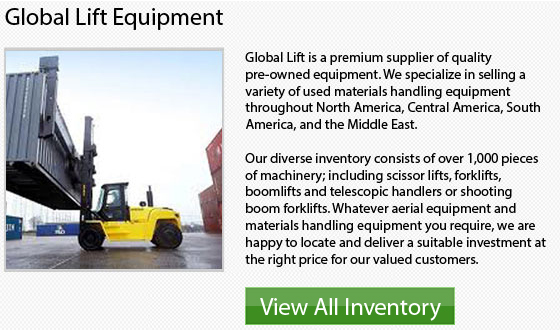
Safety Requirements for Scissor Lifts
Based on both HRSDC and OSHA, scissor lifts or "movable scaffolds" are industrial machinery capable of lifting heavy and large cargo that are well balanced. They are responsible for transporting workers and their supplies to and from high elevations in a safe and efficient way. As these mobile heavy equipment are classified as heavy equipment, there are numerous safety standards which apply to the maintenance and use of scissor lifts.
Movement
Scissor lifts sit upon a wheeled base so they could move around to access a wider variety of places. These pieces of equipment have been designed to move heavier loads, equipment and even employees up and down to work locations. For safety reasons, workers are not allowed to ride on a scissor lift during the relocation process. Typically, this is to help make sure that no one falls from the equipment while it is being utilized. All employees working around a scissor lift as well as directly with the machinery must be informed regarding its movement prior to the driver releasing the safety brake in order to make the lift move. Constant communication around heavy equipment helps keep the working place and all individuals in it safe.
Fall Protection
There are some stringent safety rules to follow regarding the safety standards for the scissor lifts in order to make sure that employees do not fall from the lift when they are utilizing it. Even if scissor lifts are not required to be enclosed, there are features like for example guard rails placed around the lift perimeter in addition to a lock which must be engaged on the lift platform entrance each and every time the lift is being used. There are also slip guards in position for added safety.
Another safety habit that employees should think about is to make sure that all loads are fastened securely before any lifting. This must ensure that nothing on the lift platform causes anybody to be injured.